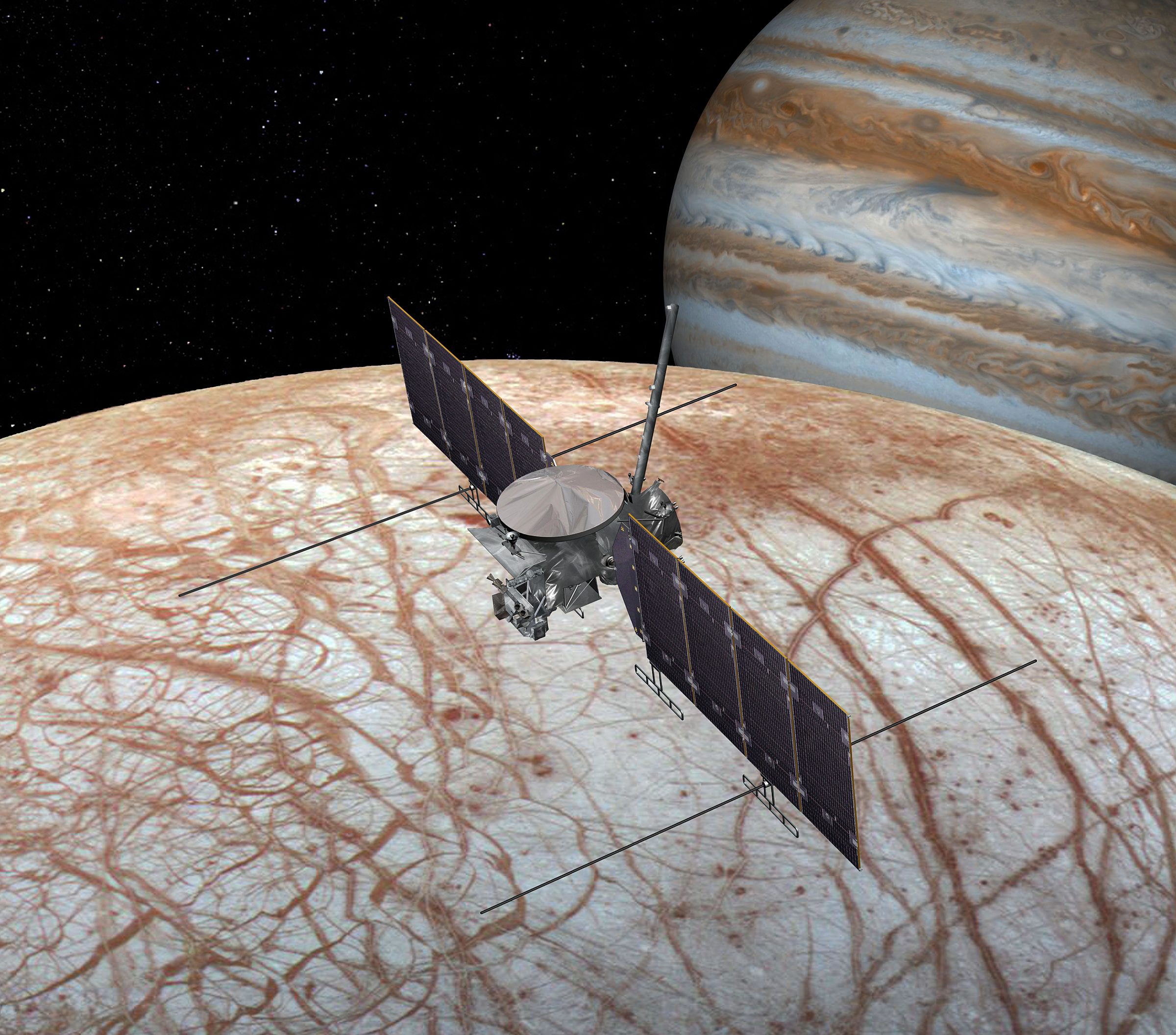Jason Davis • Mar 16, 2017
Trump's first budget proposal is out. Here's how NASA fared
The Trump administration released its first federal budget request this morning.
The 62-page document covers fiscal year 2018, which begins on Oct. 1. It’s known as a "skinny" budget—not because of its cuts to discretionary spending, which are significant—but because first-term presidents have had less time to fill in all the details of their future policy plans. A more detailed budget proposal is expected in spring.
Two pages are dedicated to NASA. Here are the highlights:
- NASA's top line is $19.1 billion, meaning the agency has, overall, escaped large-scale cuts.
- The Asteroid Redirect Mission is canceled.
- Orion, SLS and ground systems stand to receive $3.7 billion, which is in line with proposed 2017 congressional levels.
- Public-private partnerships are endorsed as the foundation of future U.S. civilian space efforts, but there is no further guidance. The Moon-versus-Mars destination debate is not mentioned.
- Planetary science stands to get $1.9 billion, which is higher than 2017 Obama and congressional levels.
- The Europa Clipper mission will proceed (without a specific dollar amount), but the separate lander mission did not receive any funding.
- Earth science only gets $1.8 billion. That's about a 13 percent cut from 2017 Obama levels, and in between proposed House and Senate 2017 levels.
- Some Earth science missions would be canceled: PACE (not yet launched), OCO-3 (not yet launched), DSCOVR Earth-viewing instruments (no more pretty pictures of Earth?), and CLARREO Pathfinder (not yet launched).
- The office of education (part of the science directorate) would be eliminated, owing to it performing functions that are "duplicative of other parts of the agency."
Today’s budget release is only one step of the overall process. As mentioned above, a more comprehensive budget is still pending. Both the House and Senate will weigh in on the proposal, make changes, and send a final version back to the president for a signature. Additionally, Congress has yet to solidify a budget for fiscal year 2017, having passed a series of continuing resolutions to fund most of the government at 2016 levels.
But today’s announcement is still significant because it acts as a starting point for Congress. Overall, the Trump budget calls for defense spending to increase by 10 percent, while some federal agencies like the EPA stand to take major hits.
We’ll have more analysis on this in the days and weeks to come. Don't miss our special Planetary Radio space policy edition podcasts for more background details! Additionally, you can view this spreadsheet for some selected budget numbers.

Support our core enterprises
Your support powers our mission to explore worlds, find life, and defend Earth. You make all the difference when you make a gift. Give today!
Donate

 Explore Worlds
Explore Worlds Find Life
Find Life Defend Earth
Defend Earth

